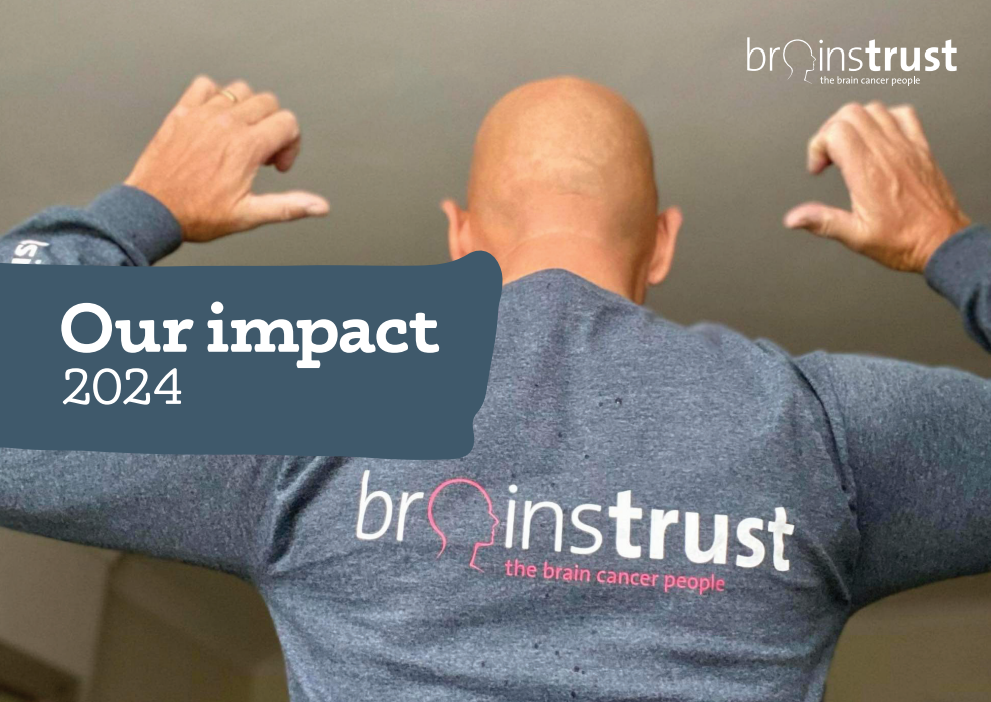Be quick but don’t hurry: why the brain tumour community deserves faster, better, not earlier, diagnosis
This week sees the release of three reports on the diagnosis of brain tumours. brainstrust, The Brain Tumour Charity and NCRI are each releasing policy statements exploring the implication and [...]








